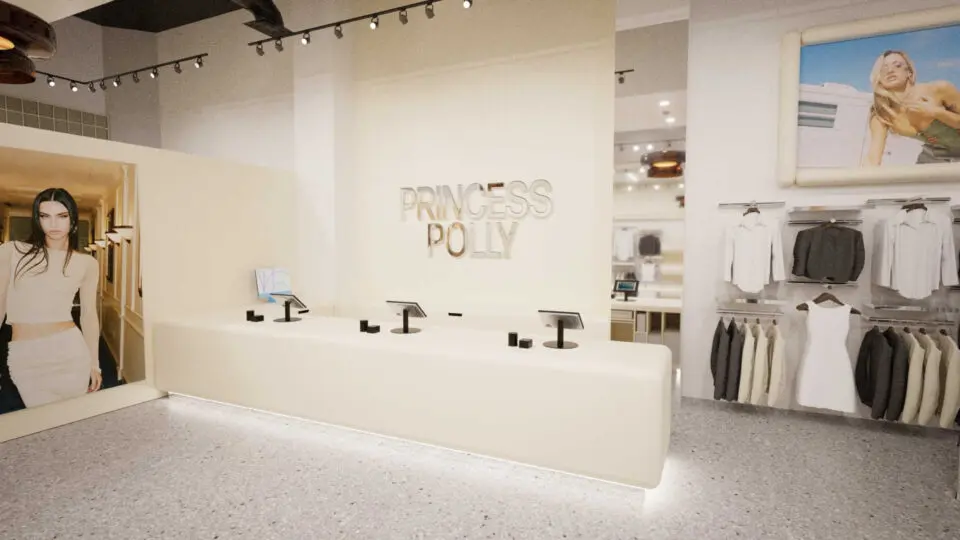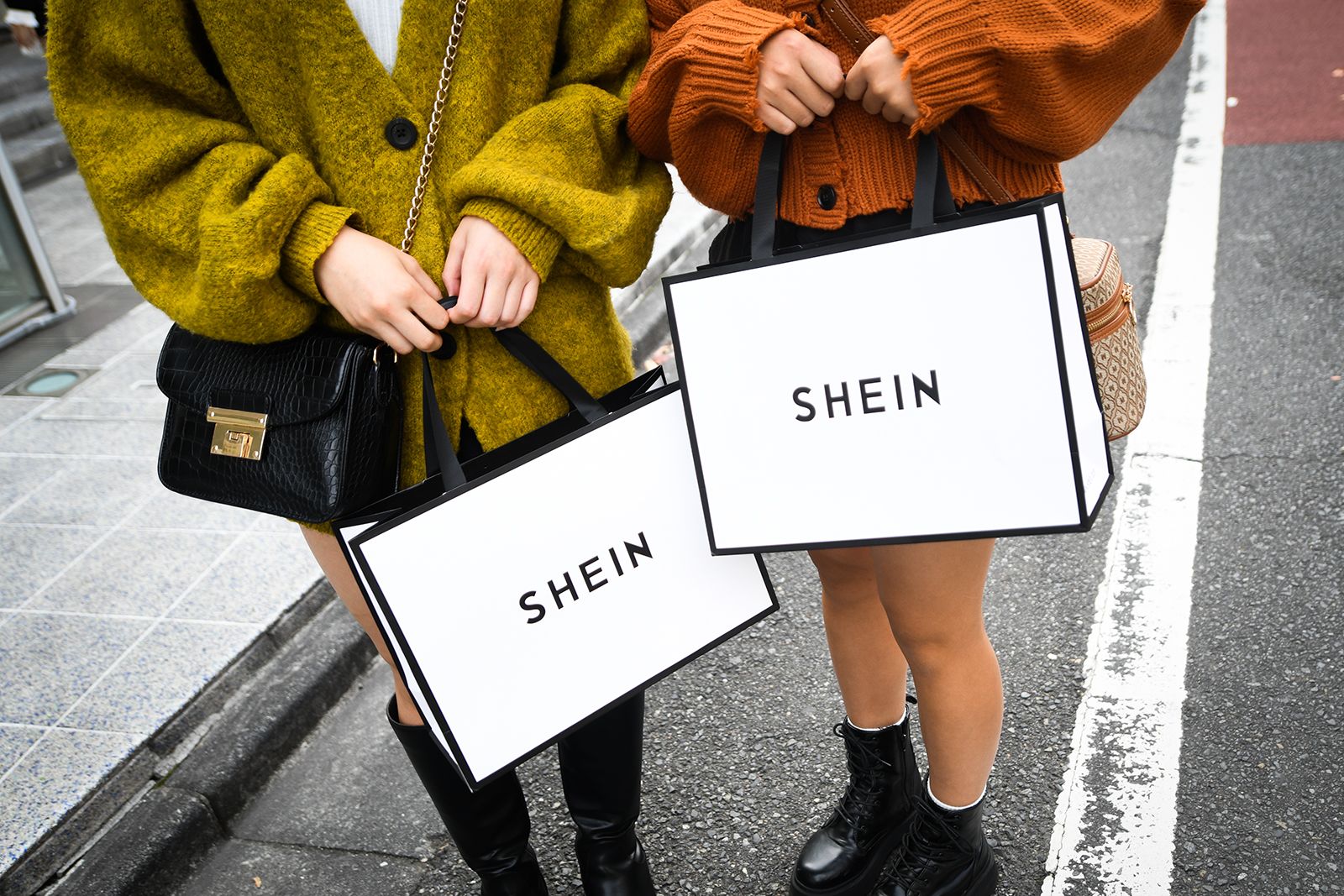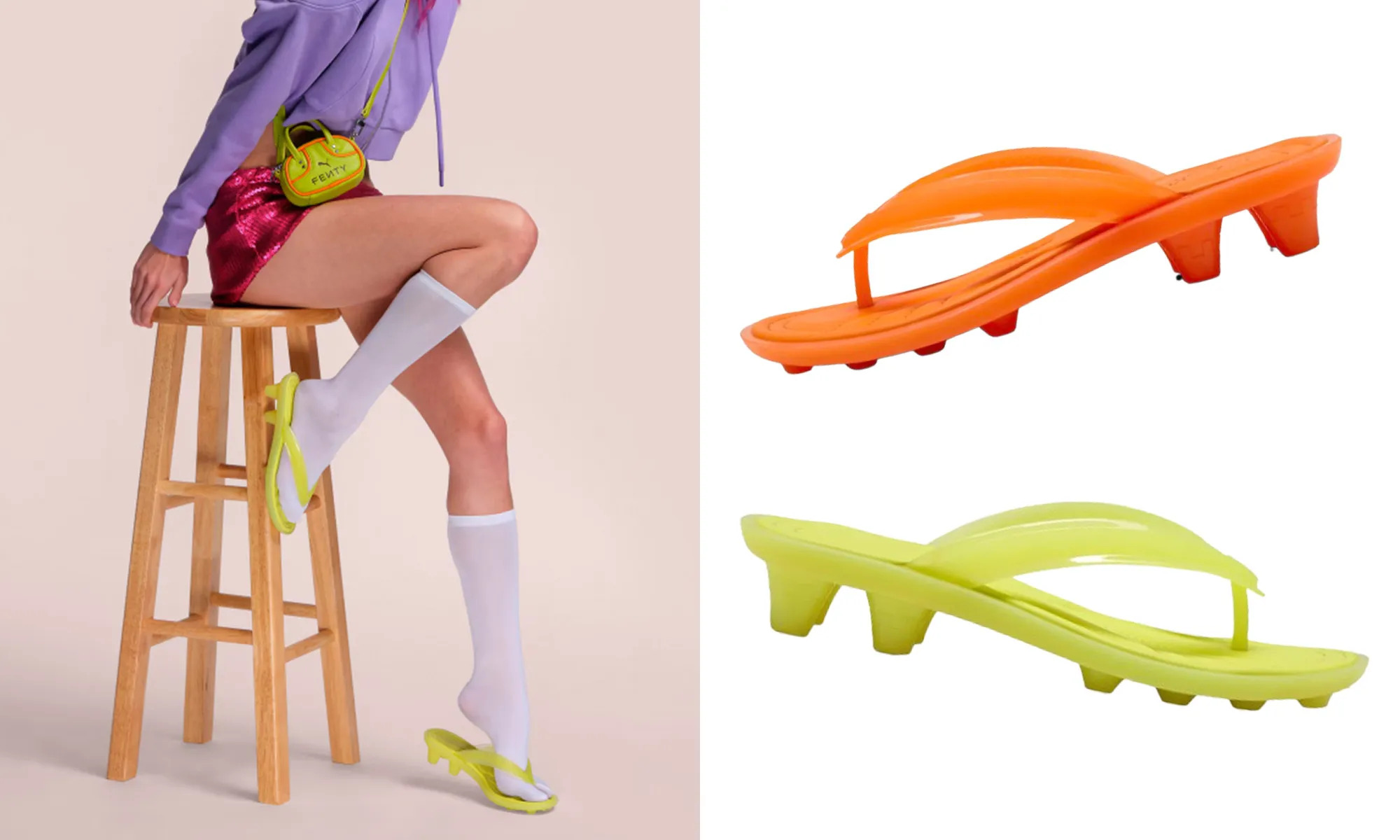Introduction to Size Inclusivity and Its Importance in the Fashion Industry
The fashion industry has long been criticized for its narrow definitions of beauty and size. For years, many shoppers felt left out, as their body types weren’t represented on store racks or in marketing campaigns. However, the tide is turning. Size inclusivity is becoming a cornerstone of modern fashion, reshaping how brands connect with consumers. Enter Princess Polly—a brand that’s not just keeping up but leading the charge toward a more inclusive future.
With an increasing number of U.S. shoppers advocating for diversity in sizing, it’s clear that change isn’t just welcome; it’s necessary. This shift reflects deeper societal values and highlights the importance of representation in every aspect of life—especially fashion. Let’s explore why this movement matters and how Princess Polly is making waves by responding to the demand for inclusivity among its consumers.
The Negative Impacts of Exclusionary Sizing on Shoppers
Exclusionary sizing in fashion creates a sense of alienation among shoppers. When brands limit their offerings, they send a message: not everyone belongs. This can lead to feelings of inadequacy and frustration for consumers who don’t fit the narrow mold.
Shoppers may find themselves searching endlessly for clothes that suit their bodies, often leaving them disappointed. This dissatisfaction not only affects self-esteem but also discourages people from engaging with the brand altogether.
Additionally, exclusionary practices can foster unhealthy body image perceptions. Consumers internalize these messages over time, leading to negative mental health outcomes.
Moreover, missing out on diverse sizes limits personal expression through style. Fashion should be about creativity and individuality—not confinement within restrictive parameters. A lack of inclusivity harms both consumers and the brands that overlook this crucial aspect of modern shopping experiences.
Princess Polly’s Response: Expanding Size Range and Inclusive Marketing Campaigns
Princess Polly has taken significant strides to embrace size inclusivity in fashion. By expanding their size range, they cater to a broader audience. This initiative reflects a growing recognition that consumers come in all shapes and sizes.
Their marketing campaigns are designed with diversity at the forefront. Featuring models of various body types, these ads resonate more deeply with customers who often feel overlooked by traditional fashion brands. Each campaign aims to celebrate individuality rather than conforming to narrow beauty standards.
Engaging social media strategies have also played a crucial role in connecting with shoppers. Through authentic content and customer stories, Princess Polly creates an inclusive community where everyone feels represented.
This approach not only enhances brand loyalty but also positions Princess Polly as a leader in the movement toward greater inclusivity within the industry. These efforts show that when brands listen to their consumers, everyone benefits from the experience.
Positive Reception from U.S. Shoppers
U.S. shoppers have embraced Princess Polly’s commitment to size inclusivity with open arms. The expansion of their size range has made a significant impact on how consumers perceive the brand.
Many customers express gratitude for the ability to find fashionable pieces that fit well and reflect their personal style. This shift in availability empowers individuals who previously felt overlooked by mainstream fashion retailers.
Social media buzz around Princess Polly highlights real customer experiences—testimonials and reviews pouring in from diverse body types celebrating newfound confidence.
In addition, influencers are increasingly collaborating with the brand, showcasing its inclusive offerings to broader audiences. Their efforts not only amplify visibility but also validate the importance of representation across all sizes within modern fashion narratives.
The excitement surrounding these changes creates a sense of community among shoppers, fostering loyalty as they feel genuinely seen and valued by the brand.
Other Brands Embracing Size Inclusivity
Several brands are stepping up to the plate when it comes to size inclusivity. They recognize that fashion should cater to everyone, not just a select few.
Aerie, for instance, has made waves by featuring models of various sizes in its marketing campaigns. Their message is simple: all bodies are beautiful and deserving of stylish options.
Brands like ASOS have expanded their size ranges significantly. Shoppers can now find trendy styles in sizes well beyond the traditional limits. This shift opens doors for many who previously felt marginalized by the industry’s narrow standards.
Savage X Fenty also stands out with its commitment to diversity. The brand showcases an array of body types on the runway and in advertising, making sure every consumer sees themselves represented.
These changes signal a broader movement within fashion. As consumers demand more inclusivity, other brands will likely follow suit.
Challenges Faced by Brands in Implementing Size Inclusive Practices
Implementing size inclusive practices is not without its hurdles. Brands often struggle with the complexities of sizing standards, which can vary significantly across different demographics and markets.
Manufacturing costs present another challenge. Expanding a size range means accommodating additional patterns, materials, and potentially higher production expenses. This can deter some brands from fully committing to inclusivity.
Marketing plays a crucial role too. Many companies face difficulties in effectively promoting their new size offerings while ensuring that they resonate authentically with diverse audiences.
There’s also the risk of backlash if efforts are perceived as disingenuous or merely market-driven. Brands must tread carefully to build genuine connections with consumers who seek representation in fashion.
Navigating inventory management becomes trickier when incorporating a broader array of sizes. Balancing supply and demand requires strategic planning and insights into consumer preferences that may still be developing in this evolving landscape.
The Future of Size Inclusivity in Fashion
The future of size inclusivity in fashion looks promising, yet it requires ongoing commitment from brands and designers alike. As consumers continue to advocate for representation across all body types, the pressure is mounting on companies to respond proactively.
Fashion is evolving. No longer can it afford to alienate a significant portion of its audience with limited sizing options. The movement towards inclusivity isn’t just a trend—it’s becoming a standard expectation among shoppers. With social media amplifying voices that demand change, brands are recognizing the importance of listening to their customers.
Innovative designs tailored for various sizes will likely become more mainstream as both emerging and established labels invest in diverse collections. Additionally, technology may play a role in this shift, giving rise to custom-fit solutions that cater specifically to individual needs.
As more companies embrace this inclusive mindset, we can anticipate not only greater variety but also improved shopping experiences for everyone. The dialogue around body positivity continues to grow stronger, encouraging retailers to rethink traditional practices rooted in exclusivity.
Consumers have shown time and again they value authenticity and relatability over unattainable ideals. For today’s fashion industry leaders, adapting means thriving—not just surviving—in an increasingly demanding marketplace focused on true diversity and representation.




